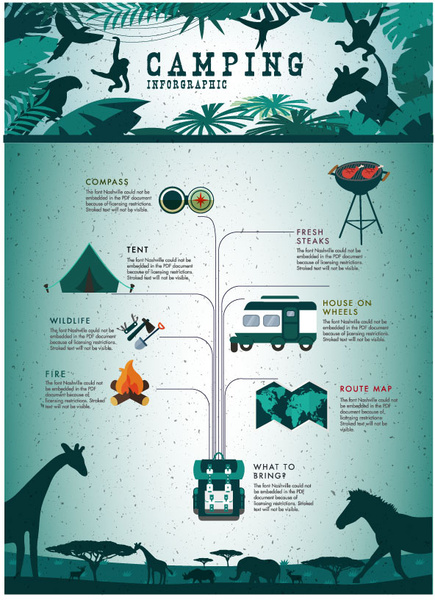Online Camping Tents Empire Success Can Be Achieved When You Sell Camping Tents
Online Camping Tents Empire Success Can Be Achieved When You Sell Camping Tents
Blog Article
Taking Pictures of the Evening Sky
A variety of elements can impact night sky photography. From weather to upcoming celestial events, you'll want to plan in advance to make certain success.
How many can sleep in a 4m bell tent?
The shutter rate you select figures out whether stars appear as specific pin-points or trail throughout the picture. A good rule of thumb is to limit the exposure to 500 secs, or the matching of your lens's focal size.
Area
One of the most important consider a great photo is where you take it. Aim for locations with minimal light air pollution, and stay clear of locations that have bright city lights and high-rise buildings.
Additionally, search for a location that provides foreground elements to create make-ups with. As an example, dune patterns, wind-sculpted ridges and rough outcrops can all supply interesting foreground elements to help inform the tale of your night sky photograph.
It is additionally practical to research study expensive events such as meteor showers and lunar eclipses to maximize opportunities for great images. Making use of a device such as the Professional photographer's Ephemeris can be extremely helpful when planning your shoots. It aids you to figure out moon stages, Galaxy placement and other astronomical occasions. Likewise, consider capturing in RAW style rather than JPEG as this gives you extra versatility when processing the photos. This is specifically true if you intend to publish your pictures.
Camera Setups
Getting the right electronic camera setups is very important for any photograph, yet particularly so for night skies pictures. A wide-angle lens is best for capturing even more of the Milky Way and reducing celebrity tracks, as well as a much longer shutter speed to stop the activity of stars and expose their information.
For an optimum level of quality, shoot in RAW style instead of JPEG, which enables you to preserve even more information and provides versatility during post-processing. This can additionally add to file dimension, so make certain you have plenty of storage room and extra flash memory card handy.
Set your focus to hands-on focusing by flipping the AF/MF activate your lens into MF setting. You may require to take a couple of test shots and inspect the image playback on your cam's LCD screen up until you attain best, pinpoint hand-operated focus. It's an excellent idea to do this during the day with your selected lens and the area you will certainly be shooting at evening, to confirm the accuracy of your emphasis setting.
Lights
A good night skies photo calls for the ideal conditions. This includes a dark sky, but likewise an interesting foreground aspect such as unique tents a hill imminent, a lake to reflect the celebrities, or a human element like a barn or shed. You can also make use of a headlamp to illuminate the foreground and add some drama or depth to your photo.
The most crucial camera setups for evening skies photography are the aperture and shutter rate. The broader the aperture, the more light that reaches the sensing unit. This allows you to record bright stars in a relatively brief quantity of time.
The shutter speed figures out whether your celebrities will be pin-point excellent or if they will look like star tracks as a result of the Earth's rotation. Make certain to take multiple long direct exposure shots and stack them in post-processing for the best outcomes. Lastly, shoot in RAW mode to offer on your own maximum latitude in post-processing.
Structure
The key to gorgeous celebrity shots isn't a premium telescope, a new wide-angle lens or a high-grade Canon or Nikon electronic camera. It's technique, planning and make-up.
For starters, scout your shoot place beforehand to get a feel for the format and potential compositions. Think about including foreground elements such as rocks, a lake or alpenglow on the landscape to add personality and rate of interest to your images.
Remember the Guideline of Thirds when composing your images. This straightforward principle assists equilibrium and link images. It's also helpful for focusing on sights in your image, such as rock features or the Milky Way. Likewise, bear in mind to intend your shoots around moon stages-- shooting at a full moon can overpower celebrities and develop a silhouetted form, while shooting on nights with a new moon can help you see constellations much more plainly.
Can you fit two people in a one person tent?
